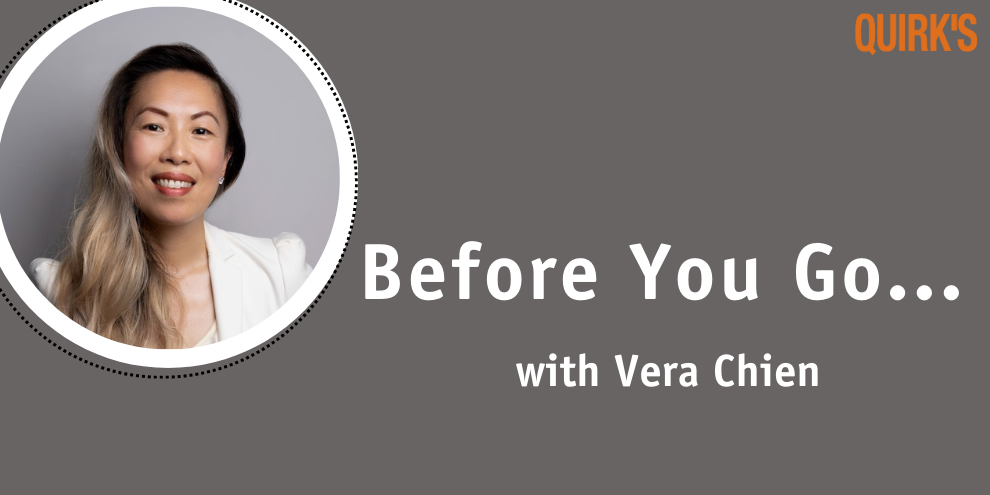Q&A with a client-side researcher
Editor's note: If you're an end-client researcher and interested in participating in a Q&A with Quirk's, please e-mail me at emilyk@quirks.com.
How did you first become interested in marketing research and insights?
My educational background is in psychology, which nurtured my fascination with understanding why people think the way they think. At the start of my career, I was naturally looking for opportunities to tap into that background and curiosity.
My first professional role was at Mattel, where psychology, especially child development, was critical in how we conducted research and interpreted findings. This was a particularly formative experience, as we had to develop new approaches and methodologies for a unique audience – children – where many traditional market research techniques, often optimized for adults, were simply not feasible.
To this day, my passion still revolves around understanding why people think the way they think, and how that translates into why they do the things they do, why they buy the things they buy and why they watch the things they watch.
What advice would you offer to a researcher who is just beginning their career in quantitative research?
I encourage researchers to adopt a more human-centered approach when thinking about survey development. Imagine a survey as a conversation with a consumer. What language would you use? How would you ask questions? Can the language be more colloquial and less clinical?
I’m also a big fan of infusing more derived questions – not just stated questions – into a survey. They could be trade-off questions, bipolar scales, discrete choice, conjoint, etc. And what if we took inspiration from the projective questions or exercises often used in qualitative research and translate them into a survey? Could that be more insightful and feel more engaging for survey takers?
Of course, survey platforms are part of the equation; I encourage researchers to experiment with platforms that have a more natural and engaging UI for traditional questions. Bonus points for platforms that are not just mobile-capable, but mobile-first!
Could you share a new research tool and/or methodology you hope to use in 2024?
I have many things on my wish list! For example, I’m hoping to implement more powerful tools that will enable us to code open-end, unstructured responses, whether in video, audio or text format, at large quantitative scale. My hope is that improvements in NLP will one day enable us to deploy “surveys” comprised of nearly all open-ends.
Another area is in leveraging image-generative AI – not for us as researchers to generate images, but as a tool we task consumers with, to show and tell us what they would like to see and why. This allows consumers another mode to articulate potentially more latent attitudes and needs.
I also hope to conduct ethnographic research inside online worlds/metaverses such as Minecraft, Horizon Worlds and Fortnite, to more deeply understand in situ why these experiences are so relevant for their users.
“I encourage researchers to adopt a more human-centered approach when thinking about survey development.”
